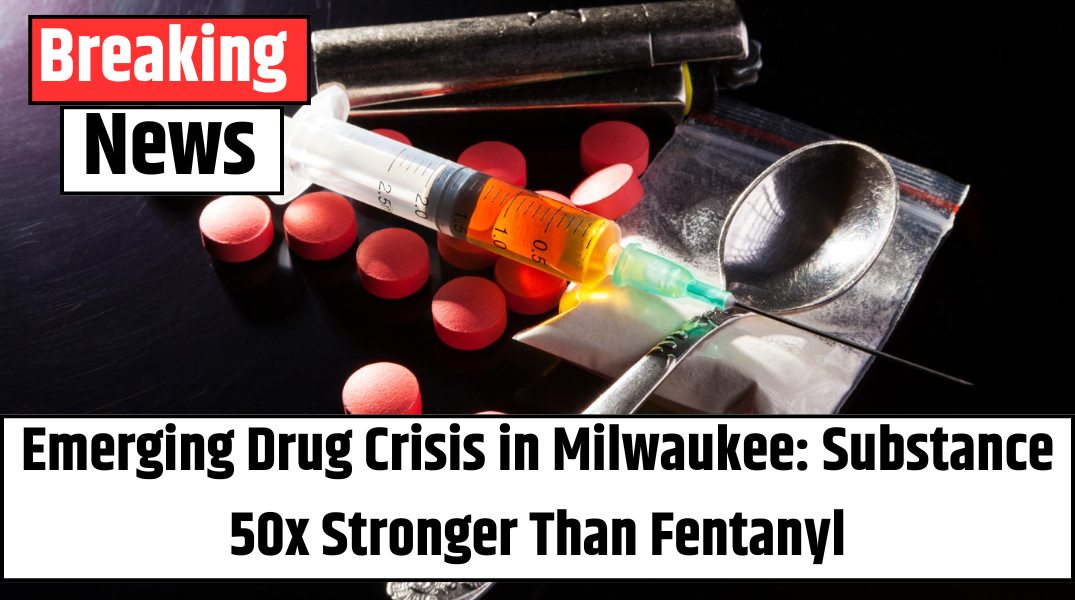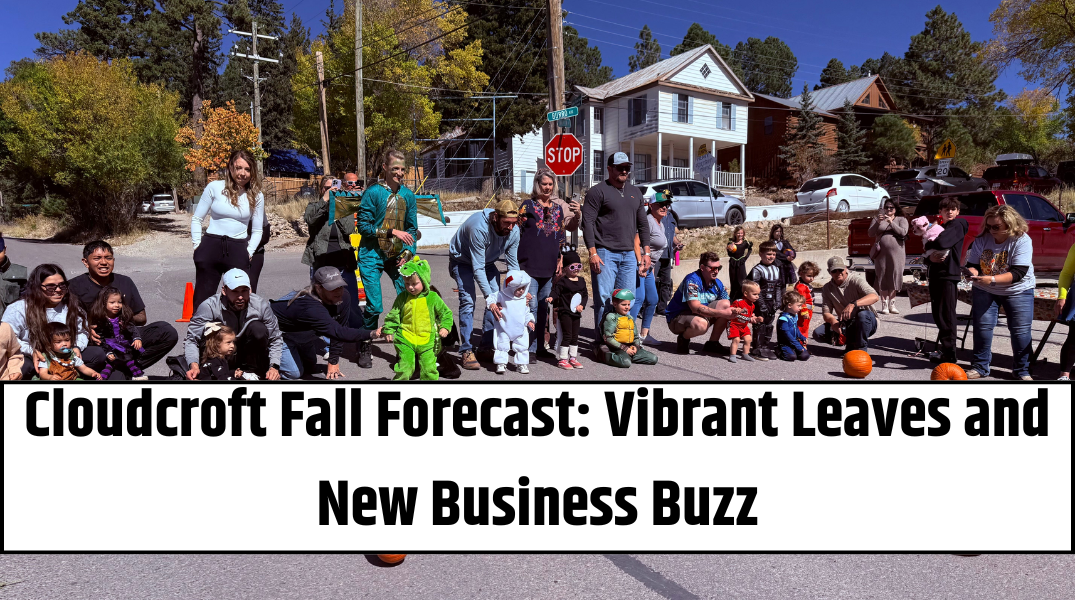A new class of ultra-potent synthetic opioids, known as nitazenes, is emerging as a deadly threat in Milwaukee and beyond. Originally developed in the 1950s but never widely used in medicine, these drugs are now appearing in illicit drug supplies, intensifying the opioid crisis across the United States.
What Are Nitazenes?
Nitazenes are synthetic opioids that act as super-potent μ-opioid receptor (MOR) agonists. Some analogues, such as isotonitazene, are estimated to be 10 to 40 times stronger than fentanyl, and significantly more dangerous than morphine in terms of respiratory depression. Even small doses can lead to fatal outcomes.
They began surfacing in illegal drug markets around late 2019 and have since been linked to a growing number of overdose deaths nationwide.
Milwaukee: A Local Snapshot
Early Fatalities:
Between January and July 2020, more than 40 overdose deaths in Milwaukee County and nearby Cook County (Illinois) were tied to isotonitazene.
Ongoing Risks:
Although newer data specific to Milwaukee is limited, nitazenes are believed to be circulating in street drugs like heroin, fentanyl, and counterfeit pills. The real danger? Users are often unaware they’re ingesting these potent substances.
Fentanyl Still Dominates:
Milwaukee County continues to see a rise in opioid-related deaths, driven primarily by fentanyl and its analogues. The infiltration of nitazenes into this supply makes the landscape even deadlier.
Also Read – Alamogordo Daily News Recognized with Three NM Press Association Awards
Why Are Nitazenes So Dangerous?
-
Unpredictable Potency: Even experienced users are at risk. Tiny amounts can overwhelm the respiratory system.
-
Hidden in Street Drugs: Nitazenes are often mixed into powders or pressed pills without users’ knowledge.
-
Harder to Reverse: While naloxone (Narcan®) can reverse their effects, it may require multiple or high doses due to the prolonged action of nitazenes.
Detecting the Undetected
Standard toxicology screens often fail to identify nitazene analogues. However, new nitazene test strips, introduced in 2024, can detect some major variants—although not all. Accessibility and accuracy of these strips remain limited.
Challenges for Emergency Responders
Responders may not immediately suspect nitazene exposure, leading to delayed or insufficient treatment. The extreme potency and extended effects mean that initial naloxone doses may not be enough, requiring ongoing medical care even after reversal.
Moreover, data gaps in toxicology testing mean many nitazene-related deaths could go uncounted, masking the true scale of the threat in Milwaukee.
Harm Reduction Strategies
To reduce risk, individuals and community health services should adopt the following precautions:
-
Use Test Strips: When possible, test substances with fentanyl and nitazene strips before use.
-
Never Use Alone: Having someone nearby can make all the difference in an overdose situation.
-
Keep Naloxone Nearby: Always carry Narcan®—and be prepared to use more than one dose.
-
Seek Medical Attention Immediately: Even after naloxone is given, extended respiratory depression may require hospitalization.
Also Read – Alamogordo Lowe’s Offers Free Cleaning Supplies After Ruidoso Wildfires
Key Takeaways for Milwaukee
| Topic | Insight |
|---|---|
| Potency | Nitazenes are dozens of times stronger than fentanyl or morphine. |
| Local Impact | Over 40 confirmed isotonitazene-related deaths in Milwaukee by mid-2020. |
| Reversal | Naloxone is effective but often needs to be administered in higher or repeated doses. |
| Detection Limits | Not all nitazenes can be found using standard tests—specialized strips are still emerging. |
| National Trend | Nitazenes are becoming increasingly common in the illicit drug market, often mixed with other opioids. |
Final Word
Though public awareness around nitazenes is still developing, their deadly impact has already been felt in Milwaukee. These synthetic opioids magnify the risks associated with street drugs and complicate emergency response efforts. Expanding harm reduction tools, improving drug testing capabilities, and promoting public awareness are critical steps to preventing further loss of life.
As synthetic opioids evolve, so must our strategies to stay ahead of the next deadly wave.





